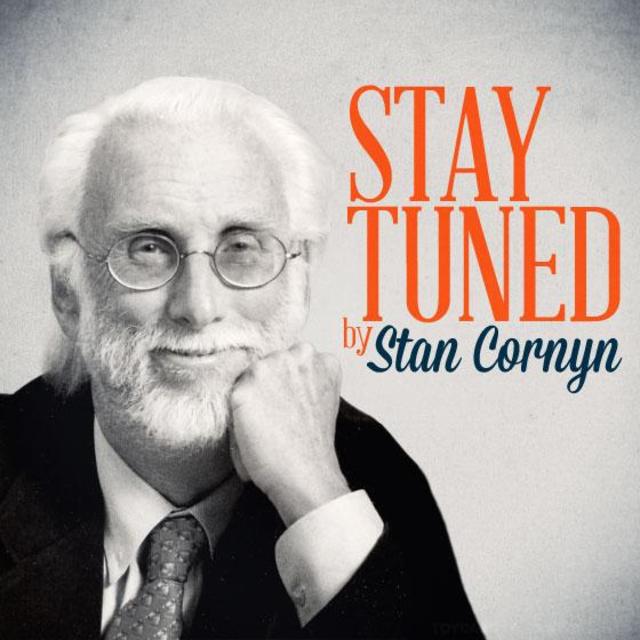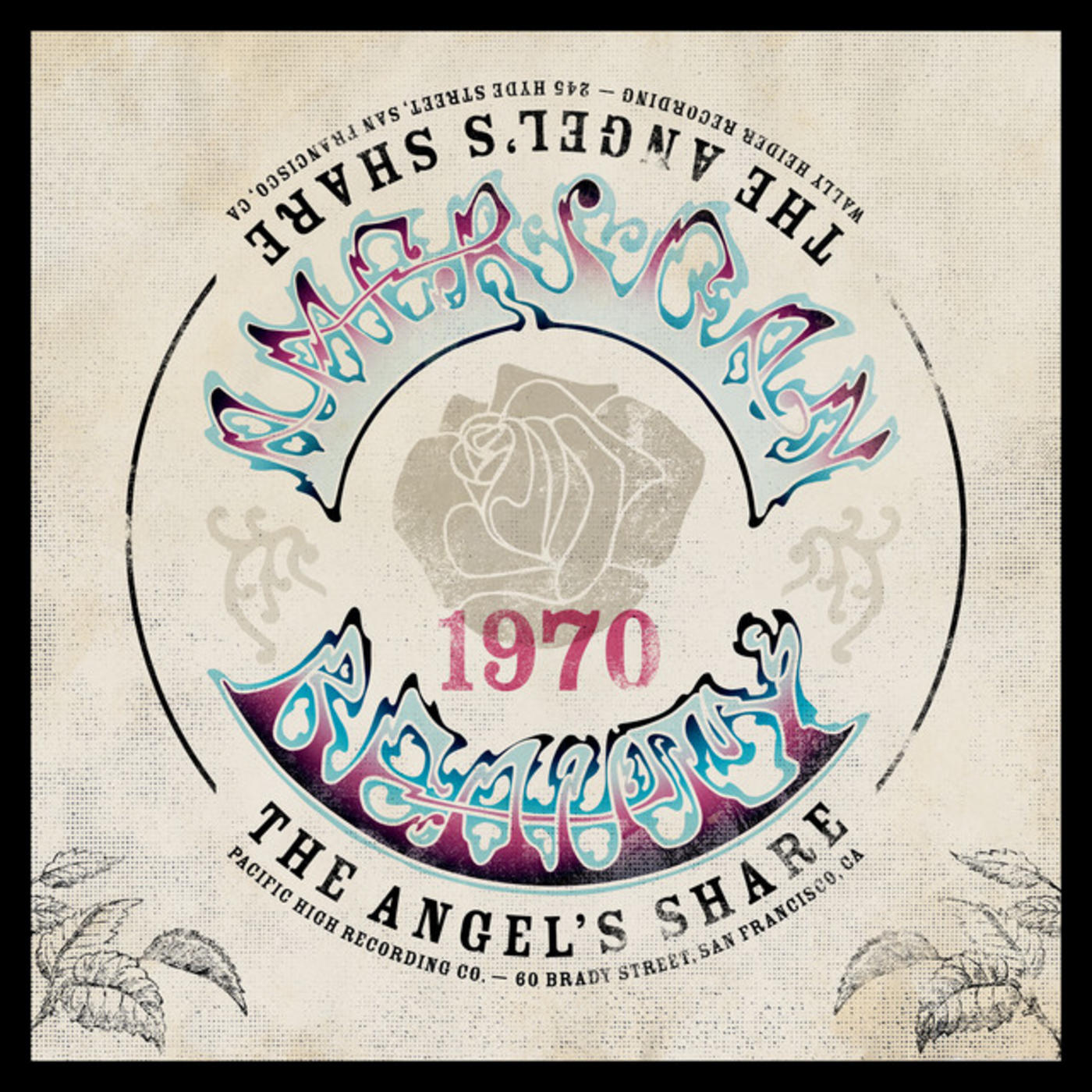Stay Tuned By Stan Cornyn: "Greatful" Dead

Every Tuesday and Thursday, former Warner Bros. Records executive and industry insider Stan Cornyn ruminates on the past, present, and future of the music business.
North Beach Plus
Accidentally, Warner/Reprise stumbled out of their Vegas/The Sands era visits. They stumbled up. Up north.
San Francisco had been, in Burbankers’ mind, a place where hippies hung out. North Beach was the hippy center, and it had gotten a little weird there since writers like Lawrence Ferlinghetti and Ken Kesey, and since book stores like City Lights, and since topless strip clubs like the Condor Club, where the true North Beach star was (or were) Carol Doda and her Twin Forty-Fours.
All this, in the mid-60s, made show biz visitors from Burbank feel like they were in Greenwich Village West. At the Hungry I, Lenny Bruce spoke nasty routines. Pot was smoked.
Back then, if there was any music to catch, it’d be mostly “progressive jazz” or folk.
1967 – The Summer of Love
Then came acid. Kids from around the country, not hippie writers, came to swarm in San Fran’s Golden Gate Park. Psychedelic art made the scene. Owsley Stanley cooked LSD by the gallons. And the word that became the name for it was no longer “hippie.” The word, drawn from the Soviets’ launched “Sputnik,” was now “Beatnik.”
The transition was not instant. Carol Doda still drew her crowd. But what was going on was mind-blowing. With this new beatnik “culture,” visitors would stare at posters luring folks to different venues for music. The posters themselves were weird-to-illegible, like orange letters squiggly on green backgrounds, but if you went there (places like Bill Graham’s Fillmore and Chet Helms’ Avalon), you experienced sensory dismemberment.
On Stage at the Fillmore
You pay to walk in, but this is no concert like you sat through before.
Inside, beatniks wore weird, madly-decorated clothing. They nurtured washtubs filled with dry ice in water, fuming clouds up to the ceiling. Bands on stage played often formless rock, with guitarists rubbing their parts up against screaming amps. Speakers screeching the musical version of “rape.” Black light and strobes hitting you like drones on acid.
Outdoors, Sundays mostly, crowds on drugs wandered a new area in San Francisco, referred to as Haight-Ashbury (an intersection) then, simply, The Haight. Those streets had stores that sold unexpected goods. Banana peels you could smoke. Ankh necklaces and beads, for any sex. ZigZag paper for whatever you smoked. Bras? Not here.
Not to be found (yet) around The Haight: A&R men, record label managers… They were on other streets, in London, in Manhattan, worrying that they had not signed The Beatles. But they were not in The Haight.
Mo and Joe Make the Trip Up
Like other labels, neither Warner nor Reprise had signed those mop-top Beatles, and they felt a little left out. But Mo and Joe didn’t try to fight back with big-money signing of artists like Andy Williams or Johnny Mathis, either.
Mo and Joe had become label-heads-who-experimented. They’d done it picking up overseas acts like the Kinks for U.S. distribution. But now, here, they’d heard from people they listened to about San Francisco. Each of them, Mo and Joe, flew up, individually. There, Mo and Joe each saw this different “teen crowd.” What it was, they saw, was a crowd deep into its own music.
Mo and Joe learned a new way to hear.
Joe Smith, an ex-DJ from Boston, flew up with his wife Donnie and met with a still-active SF-DJ, the sumo-sized Tom “Big Daddy” Donahue. Donahue talked the new radio game: FM, not Top 40. He called his programs “freak and roll.” No pimple-cream commercials. He’d opened up his own North Beach psychedelic club called Mothers; it was designed like a womb.
Saturday night, Joe and Donnie were deluxe dining at San Francisco’s chic-to-the-gills restaurant, Ernie’s. Their waiter brought a phone to their table and nodded that Joe should pick up. It was Donahue on the line. “The Grateful Dead are at the Avalon,” Donahue told Joe. “They want to meet with you. Now.”
The Smiths taxi’d to the Avalon, she chic with her pearls, Joe in a fine suit of his.
Experiencing the Dead
Joe and Donnie Smith walked in to an experience they’d never before met, neither face to face nor ear to ear. Joe had years before had a stellar career as a Boston disc jockey, handling doo-wop.
Hardly tonight.
On stage, the Grateful Dead were wailing. Behind the band, a massive screen displayed oil-dripping images. Around Joe and Donnie, the audience included a Mime Troupe which whirled, then posed, white-faced. Old films were projected in dozens of directions. Some in the audience sprawled on the dance floor, painting each others bodies.
Turning to Tom Donahue, Joe worried aloud about how he was dressed. Tom told him, “No one will ever notice. You look like you’re in costume.”
After a few more moments amid this irrational mass of teens, Joe commented, “Tom, I don’t think Jack Warner will understand this.”
But Smith knew this: his Warner label had to take chances. This record business is not “safety first.”
On December 28, 1966, Warner signed the Grateful Dead. The price was not an issue. The Dead got $3500 to sign the agreement; then $6500 more against the first 10,000 units sold.
What was unusual was the rest of the deal. The Dead asked for more control than Dean Martin or Frank Sinatra ever asked for: The Dead would choose the recording studio, the album’s producer, the songs, and the cover art.
For his role in putting the deal together, Tom Donahue would get either a flat fee or a percentage of future Dead sales. (He took the flat fee of $1500.)
Perhaps Donahue had already heard some of the Dead’s songs, like these by the Dead’s lyricist, Robert Hunter, for “China Cat Sunflower”:
Look for awhile at the China Cat Sunflower
Proudwalking jingle in the midnight sun
Copperdome Bodhi drip a silver kimono
Like a crazyquit stargown through a dream night wind . . .
While signing the Dead, Joe Smith realized that San Francisco was filled with bands appealing to the right audience: today’s. He went to label head Mike Maitland to set up the deal he felt: “San Francisco has new bands everywhere, and each of them can be signed for a $20,000 advance. For $250,000 we could scoop handfuls of them.”
Maitland said no. “Too risky.”
Making a Dead Album
As its contract provided, the Grateful Dead had full control of their (they didn’t use this word) “product.” They exercised those controls. To record it, they moved down to Los Angeles in their vans, with their old ladies, kids, and two dogs. They wanted the studio in L.A. run by their producer-of-choice, Dave Hassinger.
The empty studio sound was critical to them. To experience that empty, they lay on their backs, quiet, to listen to the silence. They heard blank recording tape, and believed the silence “hissed.” They had a suggestion: “What we ought to do is record 30 minutes of air in the summertime, when it’s hot and smoggy. Thirty minutes of heavy air. Then we could go to the desert and record 30 minutes of clean air. Then mix the two together, get a good sound, and then record over it.”
The Dead created their own album cover, and, unexpectedly, even their own back cover liner, which they explained this way: “It’s a picture of a two-masted sailing ship flying toward the viewer through the clouds.” (They thought all liner notes were dumb, because they used the word “exciting” too much.)
The Debut
Joe Smith was invited by the Dead’s manager, Rock Scully, up to the album’s San Francisco debut party, up at Fugazy Hall. Along with the rejected-album-notes-writer at Warners, both men flew up wearing their Men in Blue blazers.
In the center of the party, they stared at a large tub with stuff floating in its center. The Dead explained that this was “a feely.” Girls near the feely moaned, “Ohhh, yeah.” The Burbank guests behaved carefully, smoking only commercial cigarettes. They avoided the punch.
By party time, Joe had learned that those “San Francisco bands” were not a cinch to deal with. He once put it this way: “The biggest bullshit was the San Francisco bullshit.” He likened making the Dead deal had turned out to be like making pro football draft choices. “You know,” he recalled, “they need $30,000 to say ‘Maybe,’ and another $26,000 to go into the studio, and another $22,000 to … well, it’s all bullshit.”
Speech time: at Fugazy Hall, wearing his better blue blazer with its red lining, Smith climbed onstage, DJ-friendly, to speak on behalf of Warner Bros. Records. To the crowd, Joe began, “I just want to tell you all, Warner Bros. Records feels privileged to take the Grateful Dead out to the world.”
At that point, the Dead’s manager, Rock Scully, shirted in tie-dye, leaped up on the stage, took the mike from Joe, and clarified:
“The Grateful Dead feel privileged to introduce Warner Bros. Records to the world.”
Where Are They Now:
Carol Doda: After her enhanced breasts (via 44 silicon injections costing $1500), Carol’s career continued for years, from Topless to Bottomless. Even now, she occasionally performed (clothed) at North Beach clubs, and runs her latest business, “Carol Doda’s Champagne and Lace Lingerie Boutique” in San Francisco.
Bill Graham/The Fillmore: Continued promoting concerts until his death in 1991. Opened the Fillmore ballrooms in both San Francisco and Manhattan.
Chet Helms/The Avalon. Founder of many San Francisco “firsts,” including its 1967 “Summer of Love,” the band Big Brother and the Holding Company (he recruited Janis Joplin into it), and psychedelic light show concerts. Died in 2005.
Tom Donahue. Continued his many careers in rock (DJ, manager, label head, concert promoter) until his death in 1975. Best remembered as the developer of “free form (FM) radio.”
Rock Scully. Retired after managing the Dead for their first 20 years (he started managing after seeing the Dead (known then as The Warlocks at one of Ken Kesey’s Acid Tests. Moved to Hawaii.
![Grateful Dead [Expanded]](/sites/g/files/g2000012691/files/styles/square/public/spotify/album_2CNEr08cNtTci8EHQU4vUA.jpg?itok=H6b90MW7)

